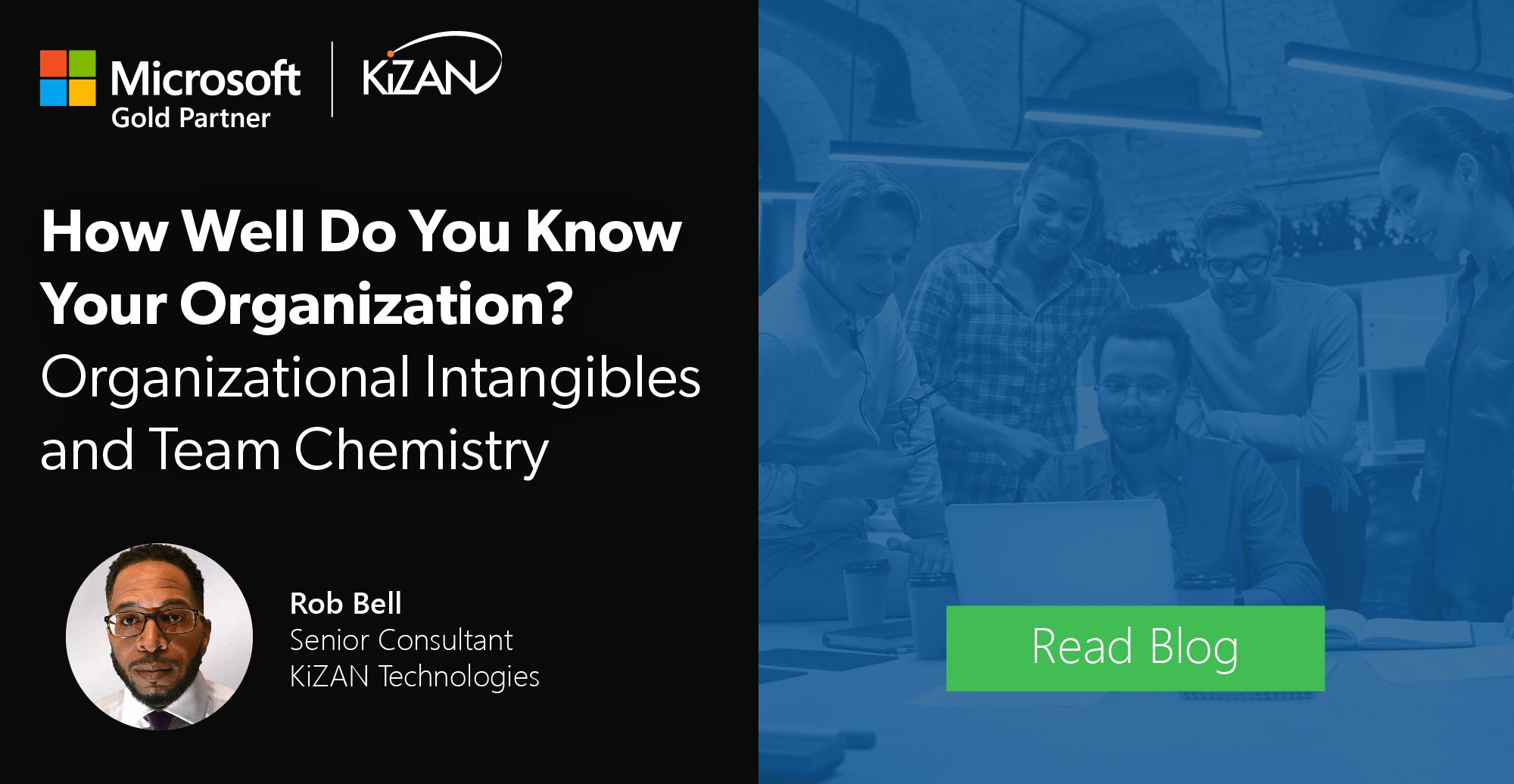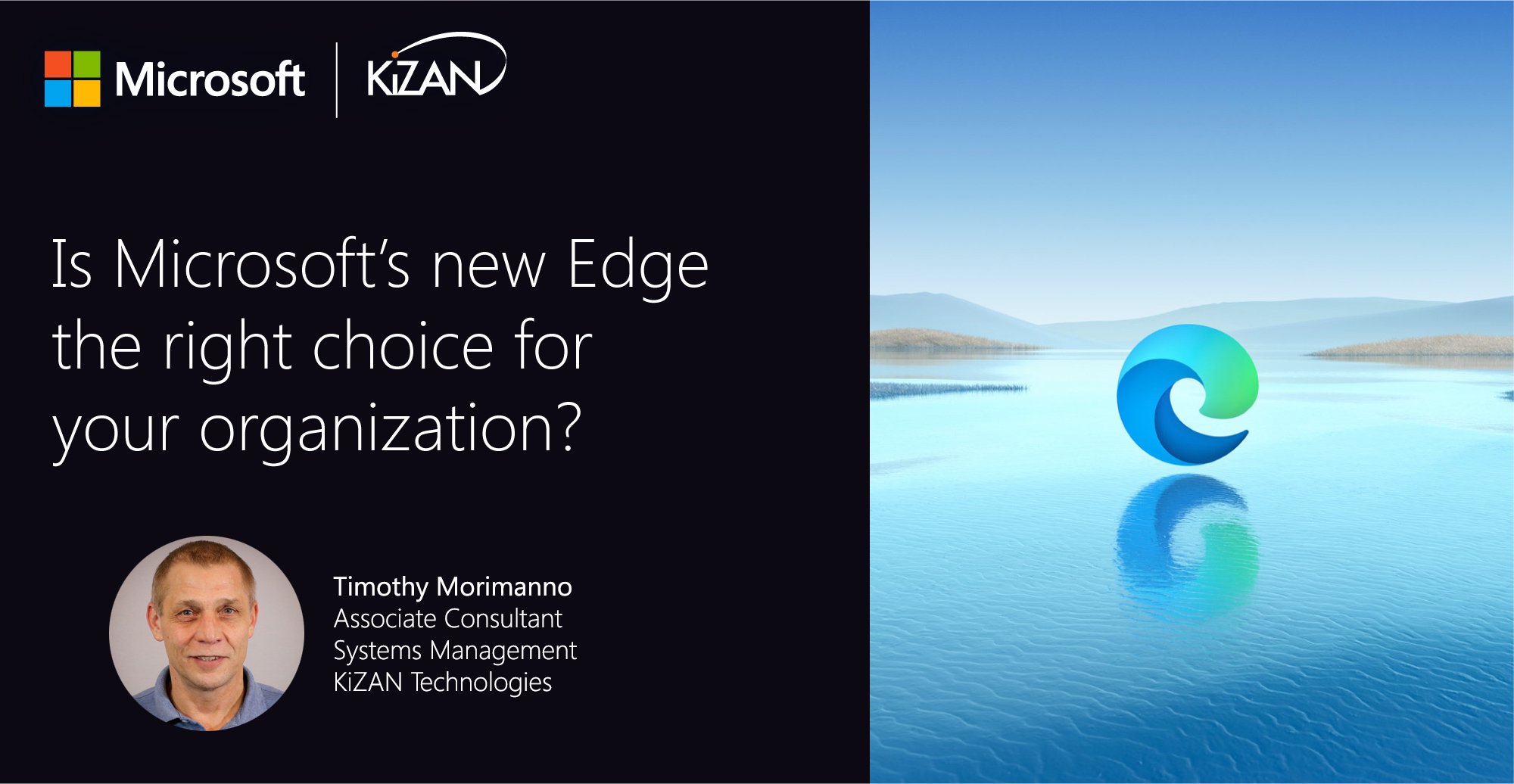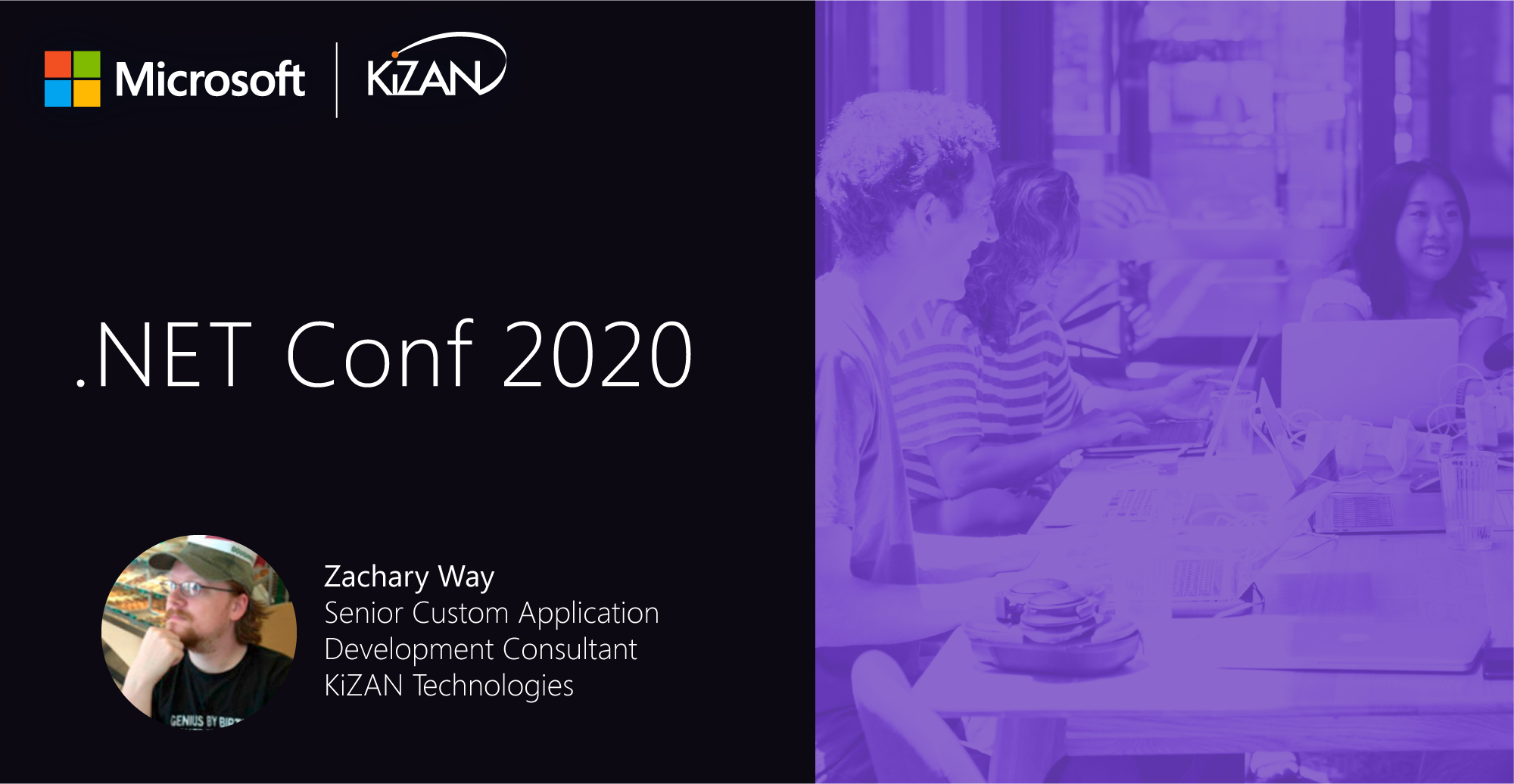
In today's fast-paced business landscape, staying ahead of the competition requires efficient and effective solutions. According to Microsoft’s Work Trend Index, nearly 70% of employee report that they don’t have sufficient time in the day to focus on “work”, with more time being spent Communicating than Creating.
Microsoft 365 Copilot is designed, with Microsoft’s cloud trust platform at its core, to allow for employees to both be more productive, reduce the time spent searching for information, performing mundane tasks, and other low-value activities.
intangible
ADJECTIVE
- unable to be touched or grasped; not having a physical presence.
- (of an asset or benefit) not constituting or represented by a physical object and of a value not precisely measurable.
NOUN
- an intangible thing.
Around the watercooler, intangibles are often contextualized within discussions involving team sports. The celebration and debates feeding the lore surrounding championship teams are so ingrained into our culture that it’s almost like we should have 24-hour media platforms dedicated solely to talking about sports and nothing else…hmmm…but I digress.
In most team sports intangibles are described as things that can't be captured / measured / timed / weighed.
They are those elements that you can’t see or feel…like intensity, heart, mental toughness, and competitive spirit. These hidden elements aren’t a regular topic of most sports conversation but will enter the chat when teams do not perform as expected or predicted, good or bad.
If a team starts the year highly ranked but then ends up having a horrible record at the end of the season after having suffered no significant injuries, then it may be said that they didn’t exhibit enough mental toughness, didn’t play with enough heart, or the team didn’t possess enough of a competitive spirit to put it all together.
Conversely, if a team that is predicted to have an average or sub-par season finds itself in the playoffs or competing for a championship…then it’s because they showed us how mentally tough they were, they had to have played with a ton of heart, and they obviously had a competitive spirit that could not be beat!
See what I did there?
Since we are unable to capture or baseline those unseen skills with any objective degree of accuracy, then the final interpretation of what those skills are and how they have impacted both the team and its performance becomes a subjective echo chamber.
Everyone agrees that intangibles play a big part in team success, but there is no consensus on what those skills actually are, and subsequently what actual impact those skills had on the team’s performance.
The inclusion of intangible elements helps fuel the never-ending conversations in sports talk about where teams rank in history. Breaking down larger-than-life performances that can’t be explained with statistics energizes armchair quarterbacks everywhere.
Enterprise organizations are very similar to athletic clubs from the standpoint of having a group of trained or skilled individuals, working toward a common goal, to achieve maximum levels of success. Companies utilize talent, technological applications, and refine processes to achieve outcomes, with performance generally reflected in areas like revenue or organizational growth.
Intangibles, as I described them above, apply to these businesses as well. For example, there are times when an enterprise introduces a change to the organization, and even though all of the boxes were checked on the change order checklist…they just aren’t seeing the expected ROI.
Why not?
Is it possible that your team doesn’t quite grasp the concept of the reason for making the change, could it be that they really weren’t aware of when the change may have been coming, or possible that they haven’t changed their behavior after the change because didn’t realize that they would be directly impacted?
At KiZAN, our Employee Engagement Group has a solution. When it comes to understanding organizational team chemistry in the workplace, we understand that capturing and measuring employee sentiment will help you understand where the proverbial hearts and minds of your employees are focused.
How well do you know your organization? The results just may surprise you…
Enterprise chemistry is an intangible concept, but you can typically spot it when you see it. Usually, when it’s evident that team members genuinely get along, are good teammates to one another, and collaborate in a way that maximizes team strength and minimizes weaknesses, then it feels like your organization is moving in the right direction. (~this is the way…)
This is a good indication that your intangibles are favorable, but we aren’t guessing! At KiZAN, the EEG specializes in adoption change management with a focus on the people side of change. We utilize a number of tools and processes that are designed to extract invaluable insight from your employees that can serve as an advanced layer of analytical detail.
As practitioners of Prosci’s Change Management methodology, we recognize that the building blocks of successful change can best be expressed with the acronym ADKAR.
ADKAR assesses awareness, desire, knowledge, ability, and reinforcement.
KiZAN can capture this data strategically, at different levels throughout an organization, producing a scorecard comprised of your workplace intangibles.
We can also work with your team to create custom assessments to capture sentiments that might be unique to your working environments and should be captured as an essential part of your workplace culture. We can also create templates for measurement that you can utilize to illustrate activity over time.
Listed below are a few of the areas in which we can extract information from your employees to help drive a better collaborative understanding of where your business is going.
ADKAR assessments
- Generate scores for individuals / groups / organization tied to understanding ADKAR regarding change management.
Assess
- Change Characteristics (individual/team)
- Impact index (Risk, sponsor competency, sponsor coalition health, change impact by group)
- Manager competency (adapting to change)
- Organizational attributes (value system, culture, capacity for change, leadership styles, power distribution.
- Training needs
Change Management Maturity Model
- Increase your organization's level of change maturity by assessing your current level of maturity and clarifying what organizational change management capability really means.
CMROI - Calculate (change management) ROI to gain commitment and buy-in for Change Management.
- When you can demonstrate the percentage of project benefits that depends on people changing how they work, you gain commitment and buy-in for change management from peers, project teams, and leadership.
KiZAN's Microsoft 365 Maturity offer will help you understand exactly what your team needs are and how you can best leverage our expertise to get you where you want to be.
Or you can see if Terry Tate the office linebacker is currently in search of employment, he probably knows a thing or two about intangibles in both environments!

I can guarantee you that KiZAN’s process is much less painful.




